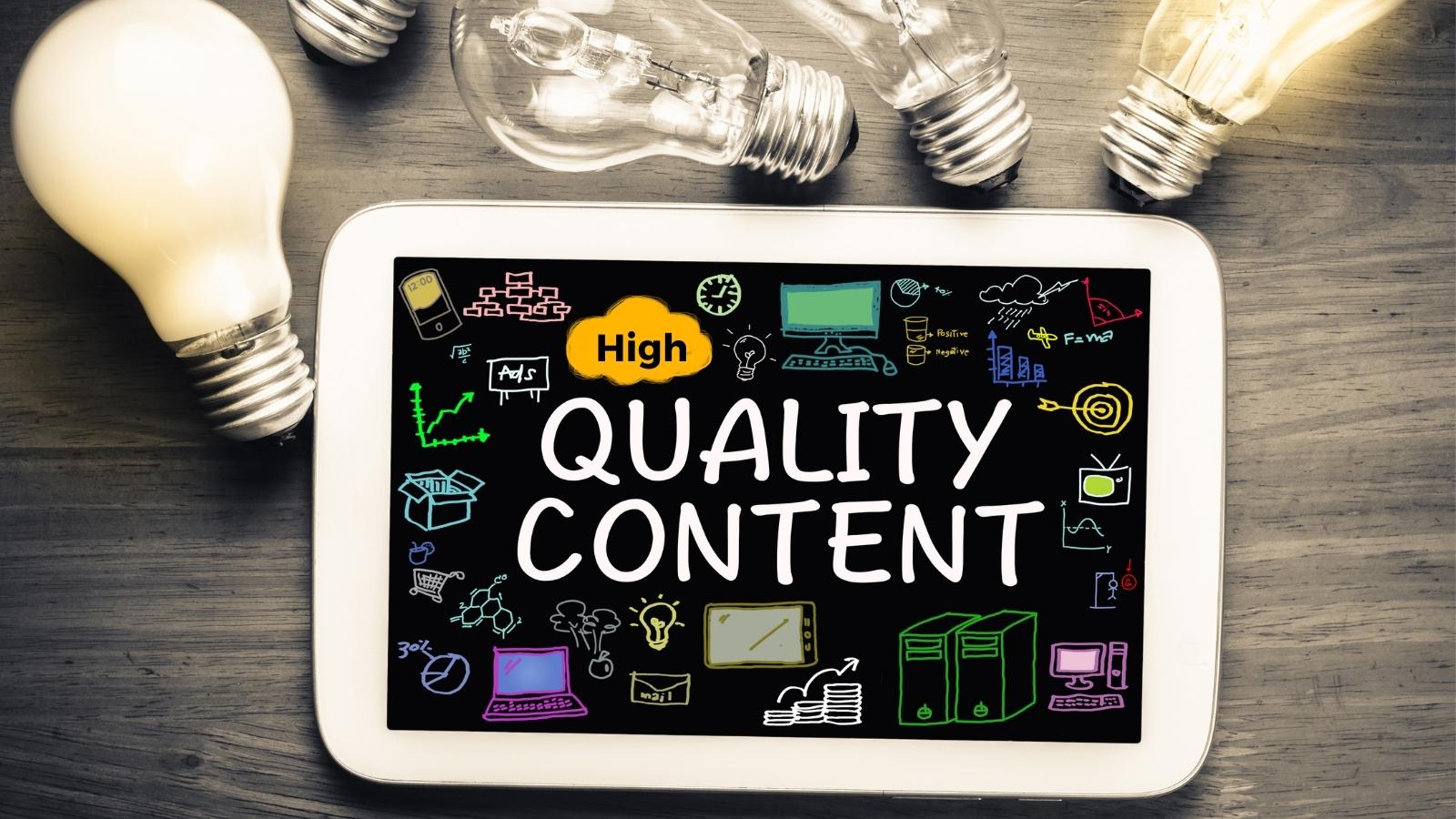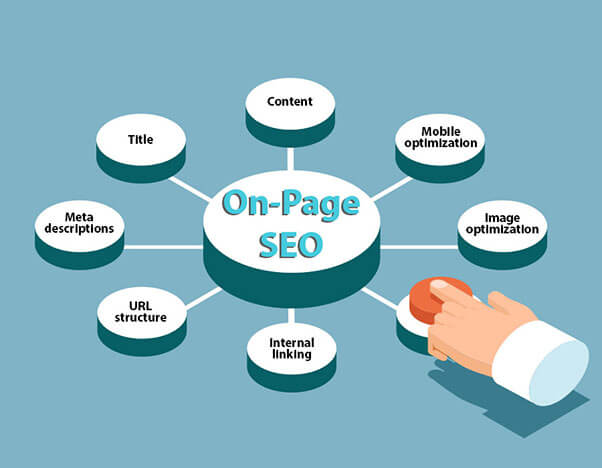On-page SEO is essential for improving your website's visibility on search engines. It involves optimizing individual pages to rank higher and attract more relevant traffic. Here’s a quick guide to the key elements of on-page SEO.
What is On-Page SEO?
On-page SEO refers to optimizing the content and HTML elements of your website. Unlike off-page SEO, it focuses on what happens on your actual website, ensuring it’s search-engine-friendly.
The First Thing Users See
The title tag appears in search results and browser tabs. To optimize it:
- Keep it under 60 characters.
- Include your primary keyword.
- Make it appealing to encourage clicks.
Meta Descriptions: Craft Engaging Snippets
Meta descriptions don’t affect rankings directly, but they influence click-through rates. Aim for 150-160 characters and include your target keyword.
Headings (H1, H2, H3…): Structure Your Content
Use headings to break your content into readable sections. Use:
- H1 for your main title.
- H2 for subheadings.
- H3 for further sub-sections.
This helps search engines and users navigate your content.
High-Quality Content: Write for Your Audience
 Great content is the backbone of on-page SEO. To optimize:
Great content is the backbone of on-page SEO. To optimize:- Include relevant keywords naturally.
- Address user intent by answering their questions.
- Aim for long-form content (1,500+ words) when possible.
Image Optimization: Speed and Accessibility
Images enhance your content but can slow down your site. Optimize images by:
- Compressing them for faster load times.
- Using descriptive file names and alt text.
URL Structure: Clean and Descriptive
A well-structured URL helps both search engines and users. Use:
- Short, descriptive URLs with keywords
- Hyphens to separate words.
Internal Linking: Connect Your Content
Linking to other pages on your site helps search engines crawl your content and keeps users engaged. Use relevant anchor text and link naturally to related pages.
Mobile Friendliness: Optimize for All Devices
With mobile traffic growing, Google uses mobile-first indexing. Make sure your site:
- Uses a responsive design.
- Loads quickly on mobile devices.
User Experience (UX): Keep Visitors Happy
User experience is crucial. To improve UX:
- Simplify navigation and layout.
- Ensure fast loading times and easy-to-read content.
Your On-Page SEO Checklist
- Optimized title tags and meta descriptions
- Clear and structured headings
- Keyword-rich, high-quality content
- Optimized images and alt text
- Clean, descriptive URLs
- Internal linking
- Mobile-friendly design
- Great user experience
Boost Your Rankings with On-Page SEO
By optimizing your website’s title tags, content, images, and user experience, you can improve your search engine rankings and attract more targeted traffic. Start implementing these on-page SEO strategies today, and watch your site perform better in search results!
